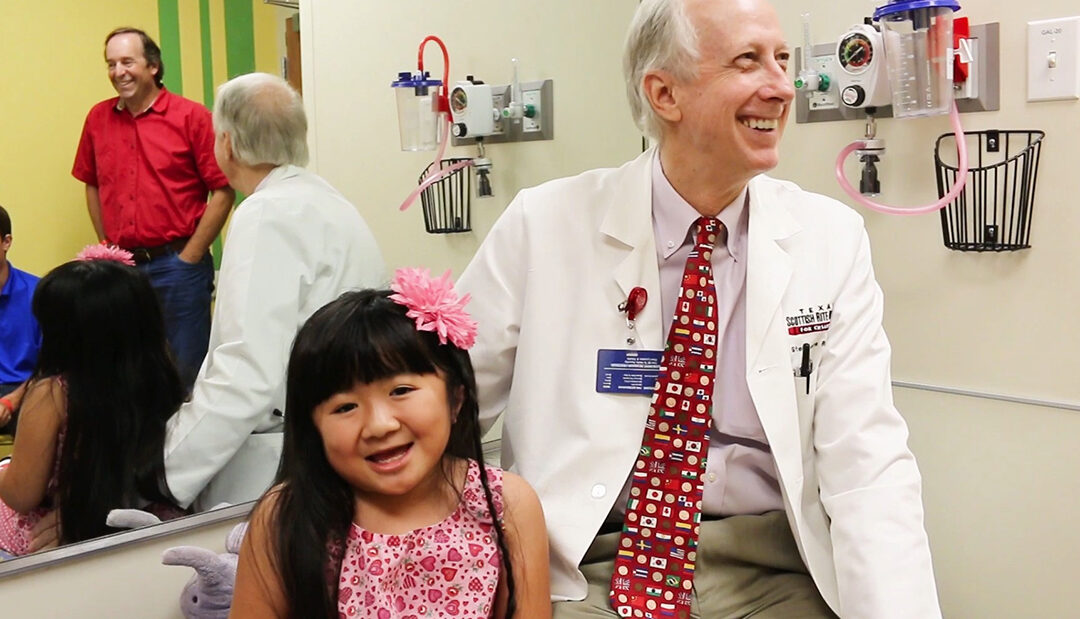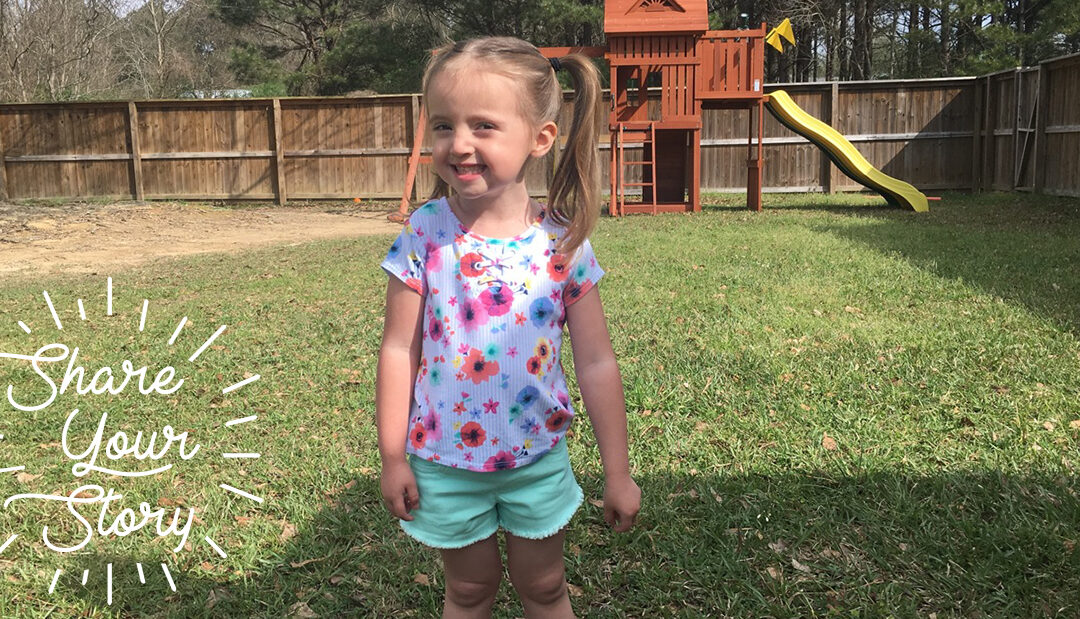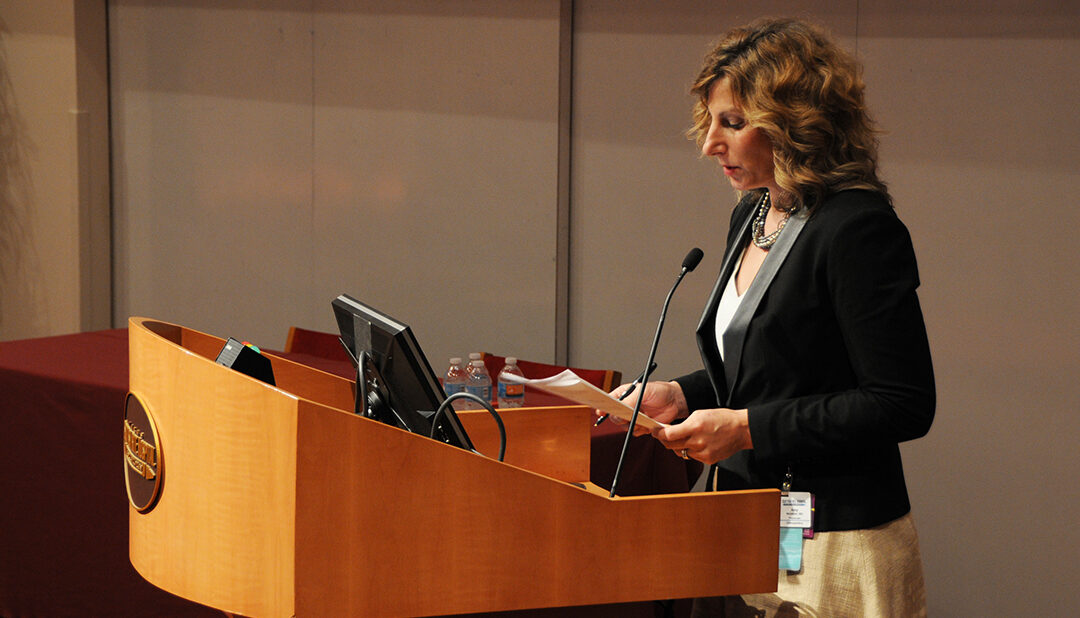
O.I. Coordinated Care Center: A Multidisciplinary Approach to Care
At Scottish Rite for Children, our experts care for the common to the complex of pediatric orthopedic conditions. Depending on the severity, a child might require treatment from various disciplines – needing specialists who can provide care for the different aspects of the disease. In order to do this, we have developed specialty clinics – like the Osteogenesis Imperfecta (O.I.) Coordinated Care Clinic.
Osteogenesis Imperfecta (O.I.), also known as brittle bone disease, is a group of genetic disorders that predominantly impacts the bones. Children born with O.I. have bones that break and/or fracture very easily from a minor injury or even from no apparent cause. Other common characteristics of the disease include:
- Skeletal Deformity
- Short stature
- Severity of the disease determines the type: Type I, II, III, IV
As an institution who is dedicated to caring for the whole child, the purpose of the O.I. Coordinated Care Clinic is to provide comprehensive treatment for every aspect of the disease – making it easy for families to receive expert care for their child from different specialists in one location. Led by Chief Medical Officer B. Stephens “Steve” Richards, M.D., medical director of Abulatory Care Brandon A. Ramo, M.D., and pediatric nephrologist Mouin Seikaly, M.D., the clinic includes experts from the following disciplines:
- Orthopedic surgery
- Bone metabolism
- Occupational and Physical Therapy
- Psychology
- Nutrition
- Child Life
- Therapeutic Recreation
- Dentistry
- Family Services
- Developmental pediatrics
Our team understands that this can be an overwhelming diagnosis. We are here to help guide our families and provide support wherever it is needed.


